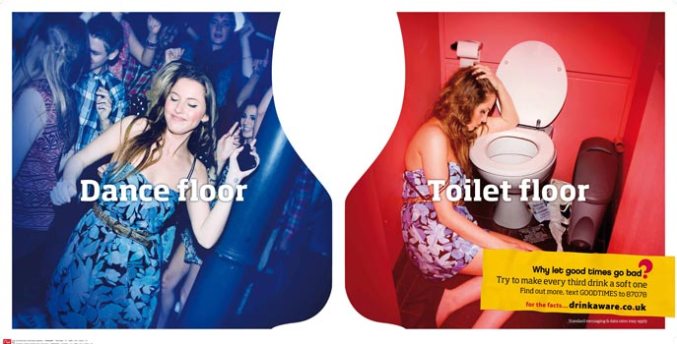Word of mouth marketing or WOMM for short is a very effective way of marketing for businesses. The dictionary definition is:
‘Word-of-mouth marketing (WOMM), also called word of mouth advertising, is an unpaid form of promotion—oral or written—in which satisfied customers tell other people how much they like a business, product, service, or event. Word-of-mouth is one of the most credible forms of advertising because people who don’t stand to gain personally by promoting something put their reputations on the line every time they make a recommendation.’
Plain and boringly put, its just a case of talking, because we are never going to trust a brand as much as the people we socialise and hang out with everyday.
Womm allows brands/businesses to get effectively free feedback from customers online through monitoring things such as twitter activity, re-tweets etc and peoples blog posts. If you get one influential person who likes your product and takes the time to blog about it then instantly people will know about it due to the amount of followers they have etc and the fact that with new technology, updates and tweets etc can be sent straight to your phone!
It also allows business see what their customers think of the product and if there are negatives they can take them on board and fix them, likewise if there are positives then these are just free for all to see recommendations!
its more than just gossiping to your friends, its promoting a product!












